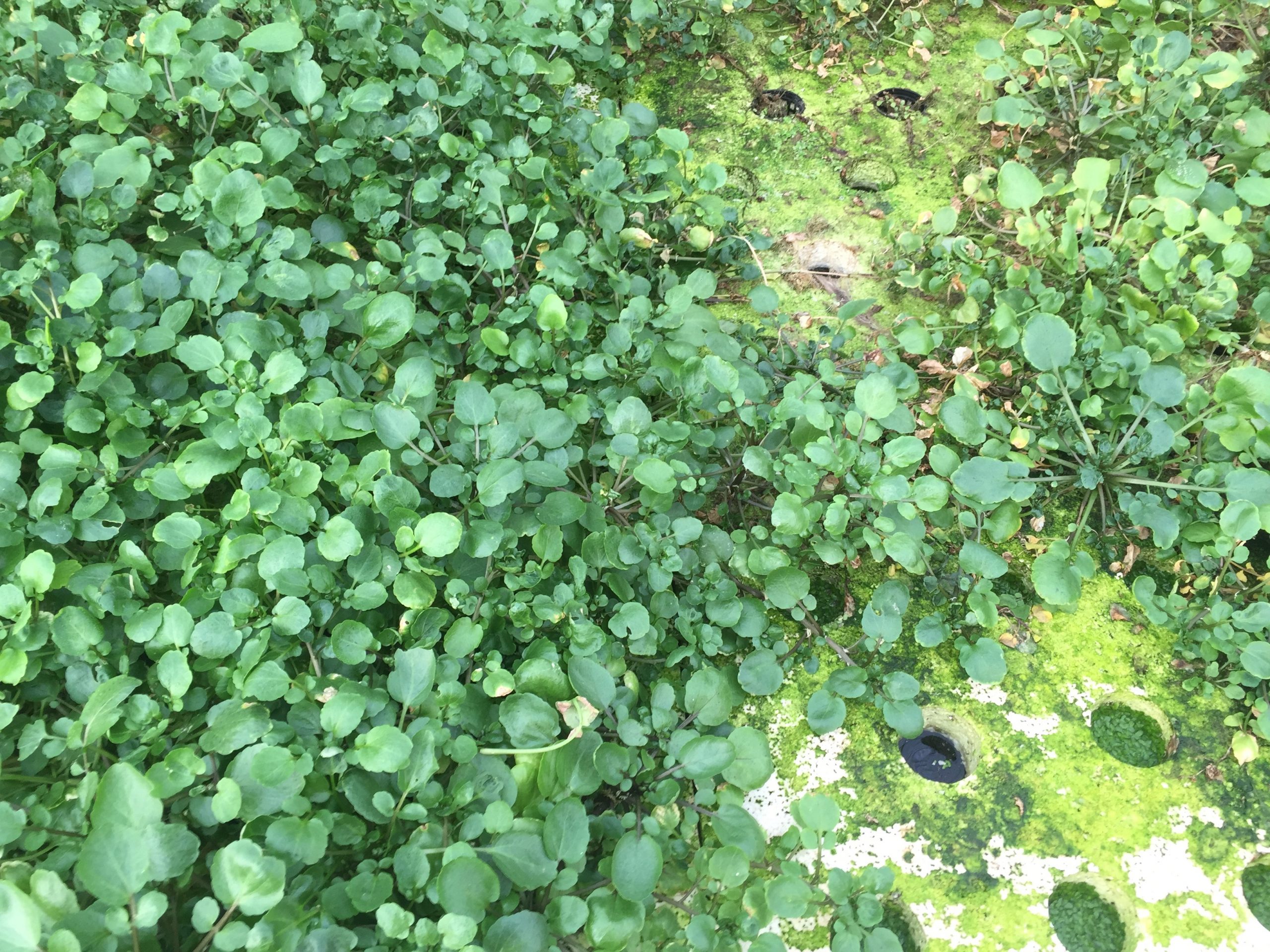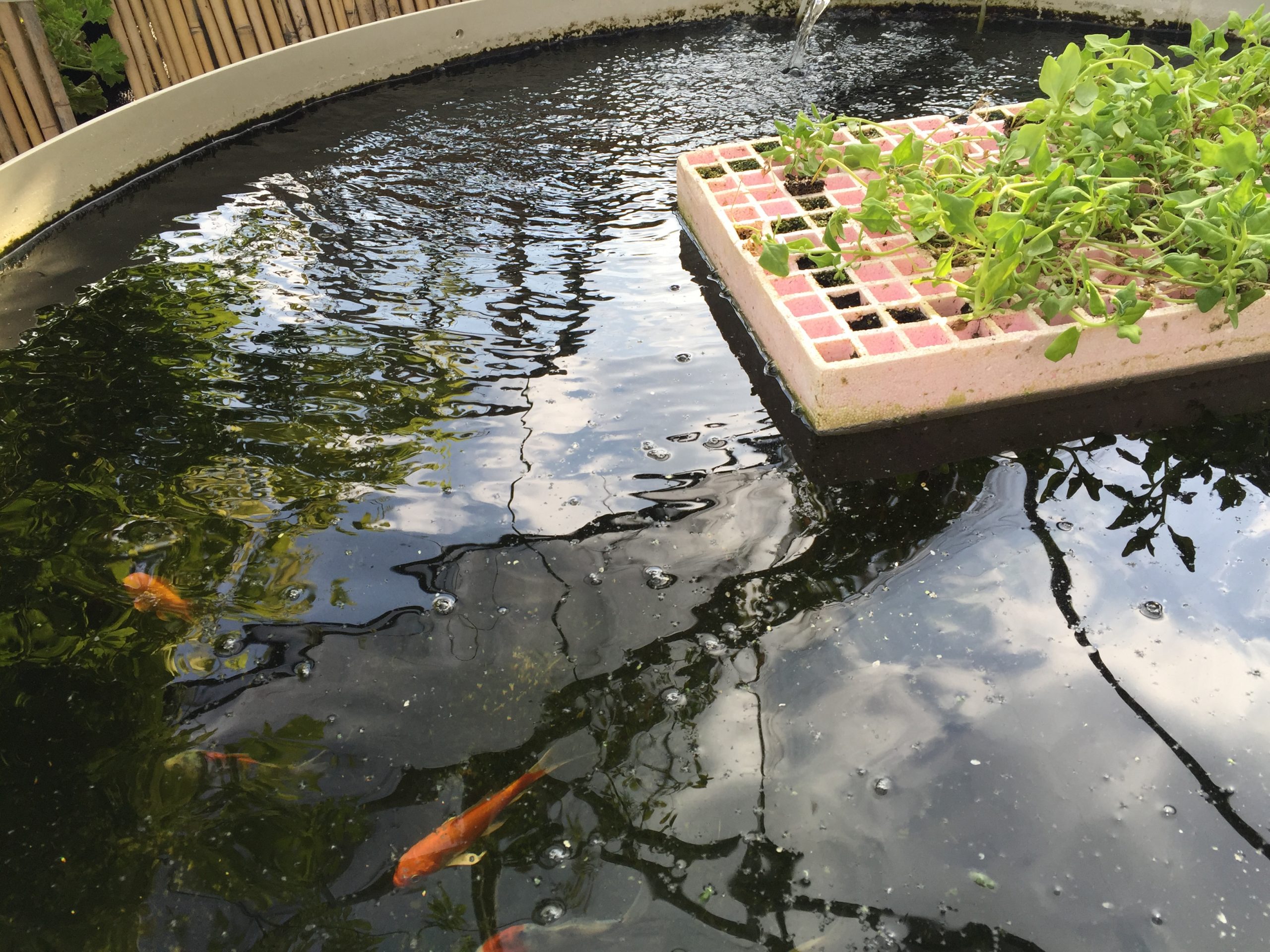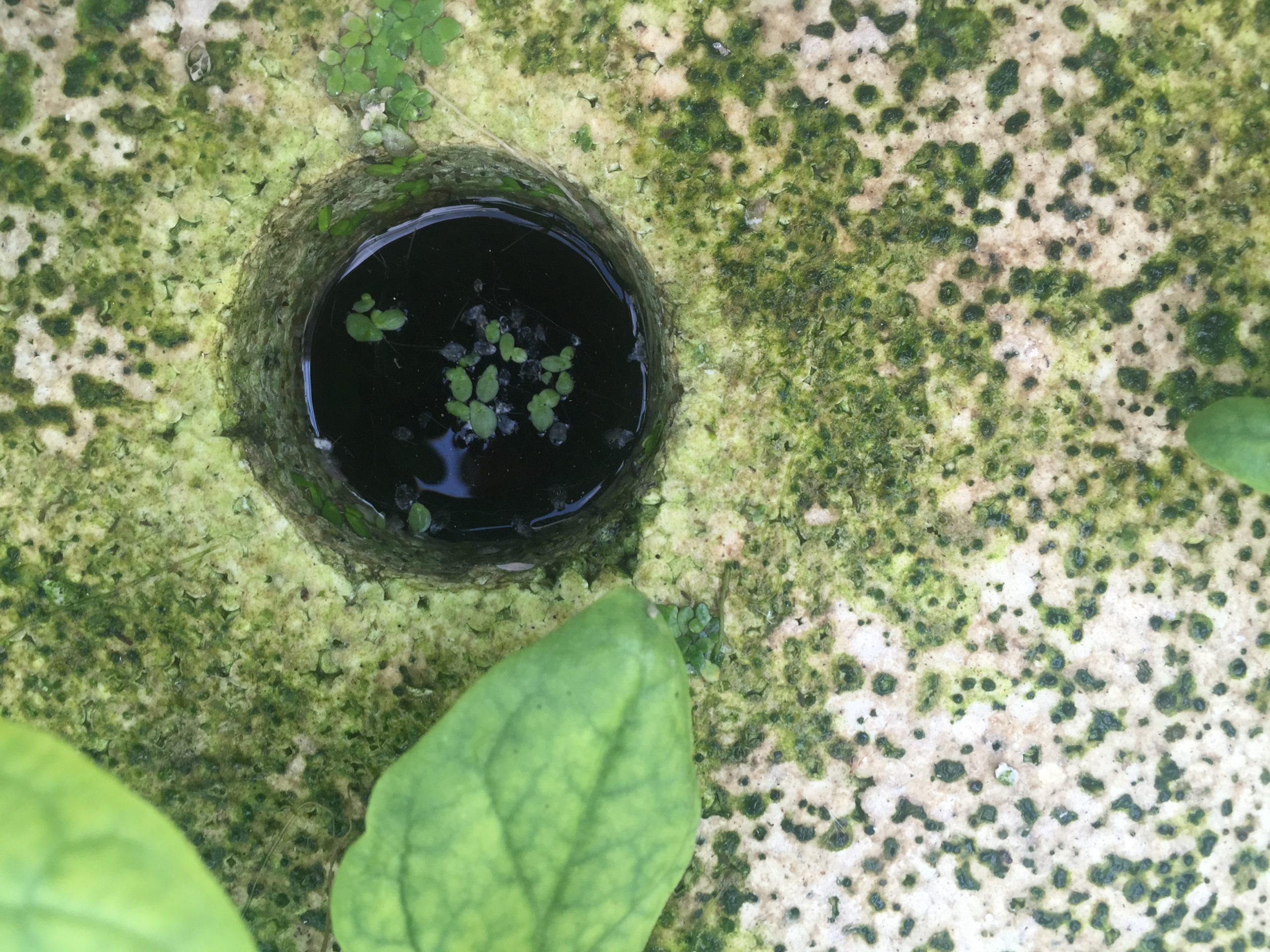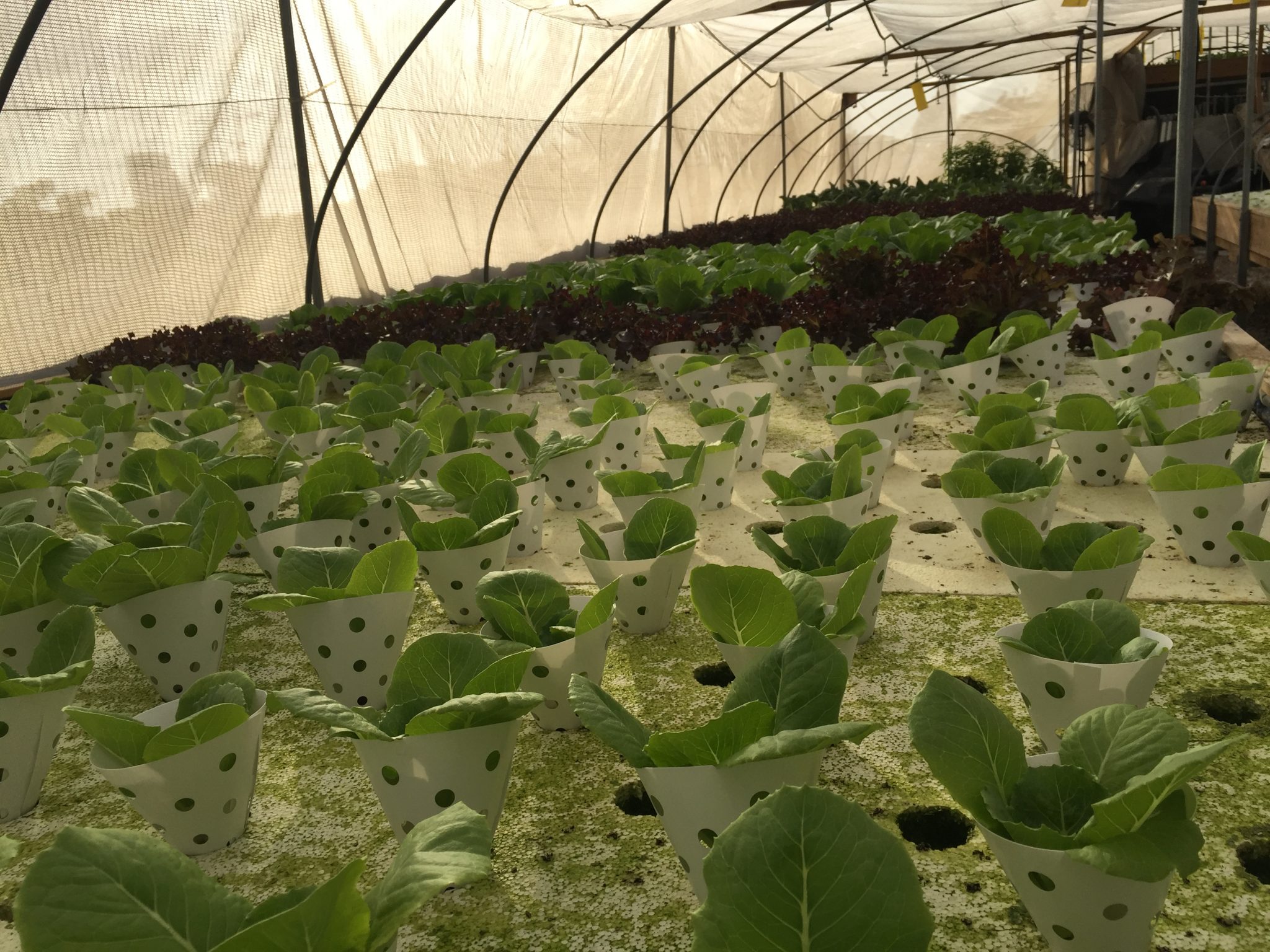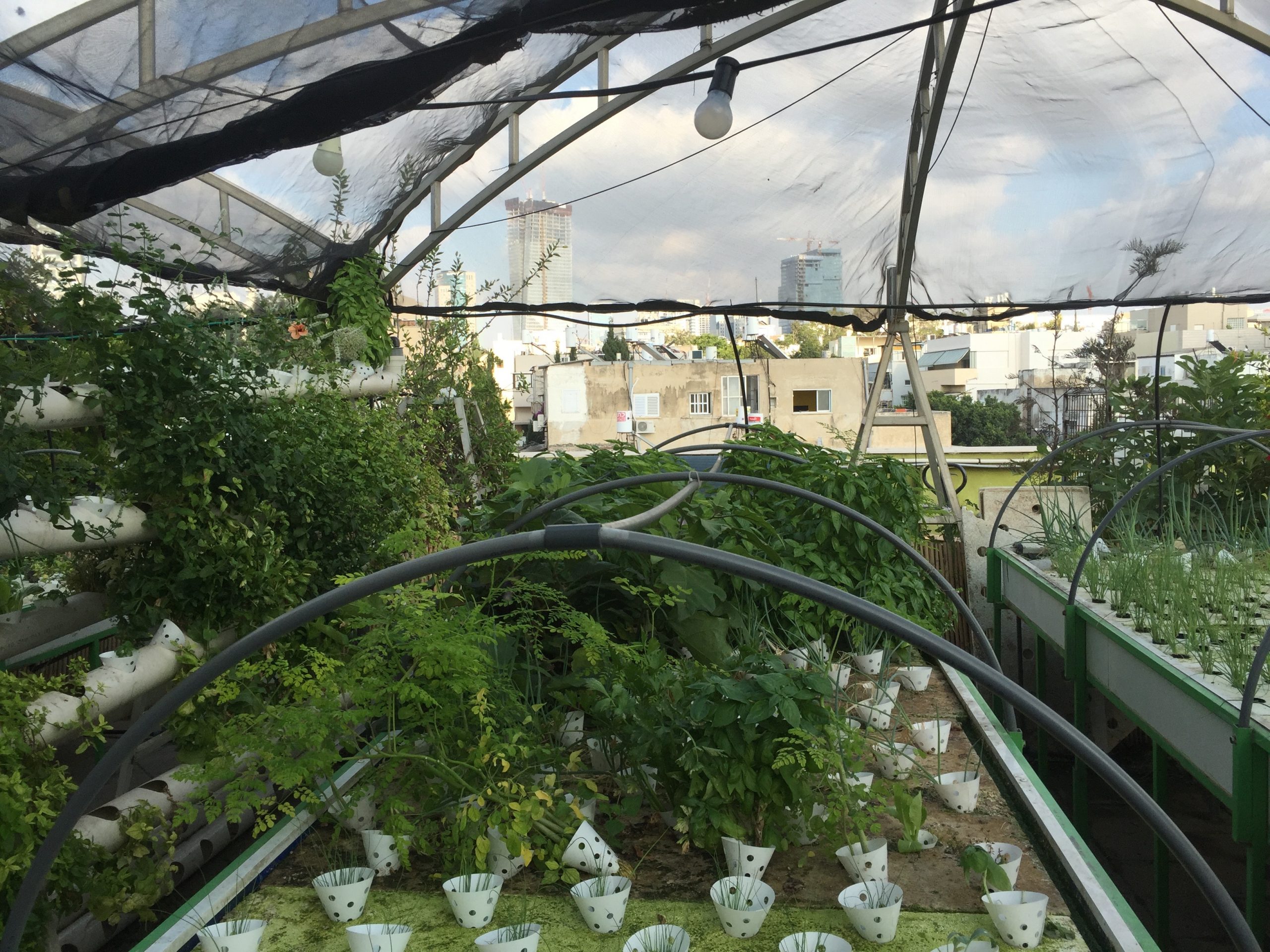
Urban Farming is Booming with Hydroponics and Aquaponics
In Paris the world’s biggest rooftop farm for fruit and vegetables with 14,000 m2 opened its doors in summer 2020. If it goes after the initiator Pascal Hardy, founder of the responsible urban farming company Agripolis, the urban farm is to become a leading example for sustainable production, he told “The Guardian”. The concept behind is based on organic (biological) farming, free from pesticides, with a harvest of 1,000 kg of fruit and vegetable a day at high season. The products are sold to visitors on site and via short delivery routes to nearby supermarkets, shops and hotels.
In London it’s the other way around: at 33 meters below zero the world’s first subterranean farm has been established. The company “Growing Underground” did pioneering work and has built vertical farms without any daylight in two abandoned air shelter tunnels from WW2. They grow and sell herbs and vegetable and sell them to supermarkets and restaurants.
Paris and London are representatives of an increasing number of initiatives around the world that are showing: Agriculture on a large scale in the city is feasible, and above all it is now politically and civically desired. Behind the boom lies the desire and the necessity to solve multiple problems in one go that we will face in the future. The world’s population is growing rapidly, and with it the cities and urban areas – and this also applies to Europe. Field yields are declining. This is mainly due to depleted soils and changes in the weather. Too dry, too wet, too hot. In any case: too extreme. In addition, the areas used to grow vegetables and lettuce are competing with those used to grow crops such as maize or rape as an alternative to fossil fuels. Transporting food to the cities is complex, CO2-intensive and expensive.
But: Future-proof, resilient cities must enable a healthy life in the city and ensure food supply for all inhabitants, in addition to reducing or even avoiding waste and air pollution. Any solution to bring the production of food together with the place of consumption is therefore welcome. Urban farming could be such a solution. So does the future of agriculture lie in the cities?
Self-sufficiency in the city
The concept of urban agriculture is not fundamentally new. Self-sufficiency in the city also played a role in earlier centuries. At the end of the 19th century, the first wave of industrialisation swept into European cities. The confined space was distributed. Factories for production, culture, shops, transport, everything and above all everyone had to fit into the city – including the growing class of workers. The number of inhabitants increased by leaps and bounds. The images of the time include unequal housing conditions and housing misery, symbolised by dark, overcrowded tenement blocks. It was cramped, noisy, the air was dirty, there was no room for greenery. These conditions were catastrophic for people’s health. Those who could tried to alleviate the poverty and malnutrition with an allotment garden outside the city. Social housing did not yet exist.
Healthy living in the City
As a reaction to the conditions, the British urban planner Ebenezer Howard designed the model of garden cities. He wanted to abolish the separation between country and city and combine the best of both worlds. People should be able to enjoy both the advantages of the city and those of the countryside. The garden city was the ideal city, the complete counter-design to the industrial cities and spatially located outside the industrial city. Suburbs were designed according to this model. In England, the social aspects of the idea were particularly strong, but the movement increasingly found its supporters in Germany as well. The architect Bruno Taut, known among other things for his colourful social housing estates in Berlin (Hufeisensiedlung, Onkel-Toms-Hütte-Siedlung), implemented the garden city idea in the garden city Falkenberg, the so-called Tuschkastensiedlung, in the south-east of Berlin. The Scotsman Patrick Geddes was also inspired by the idea and he implemented it – albeit differently than Howard had planned for suburbs. Geddes was the first city planner of Tel Aviv. At the beginning of the 20th century, he made blossom the most important basic principles of the garden city in the development plan of the completely new city that was being built, characterised by heat and humidity. Each of the blocks of houses he planned at the time included public and private gardens; urban gardening in small units was the focus. Alternative areas and spaces for growing food are needed – but it took several more decades before scalable, urban agriculture became a reality.
Is urban gardening also urban agriculture?
There have been and still are many facets of urban agriculture, from farm and community gardens to rooftop and vertical gardens. Even peri-urban systems are part of it. The terms used to describe inner-city food production are not clearly defined. The dimension, purpose and goal of cultivation distinguish the terms and determine the most apt expression.
In current usage, urban gardening or urban horticulture usually refers to what everyone plants for their own use. In Germany, the terms urban farming and urban agriculture are used almost synonymously. They refer to the production of food on a large scale. Besides fruits such as berries, apples or even bananas and eggplants, these are mainly all kinds of salads, vegetables, tomatoes, onions and herbs. Honey production through inner-city beehives, algae, mushroom and fish farming, and even small animal husbandry are also included.
Urban agriculture should scale. This is all the more successful if it produces yields all year round, regardless of weather influences and pests. To achieve this, techniques and methods are used that are in part centuries old and are now being combined with new technologies. And from then on, urban agriculture differs fundamentally from traditional agriculture. The abandonment of soil and seeds is the central difference, and without soil, cultivation can take place not only horizontally but also vertically. The agricultural systems grow upwards instead of downwards, the harvest area is thus many times the area of the soil and the food grows even faster than in the soil. How does this work?
Hydroponics: Soil-free plant cultivation
With the hydroponic system, the cultivation of vegetables, herbs and fruit is done completely without seeds and without soil. Instead, the plants are cultivated in nutrient solutions in water that must be at a certain temperature. In so-called Deep Water Culture (DWC), the seedlings float in plastic funnels that are open at the bottom and are usually placed in Styrofoam plates in shallow basins for stabilisation. The roots are completely suspended in the water. In addition to the nutrient solution, they also need oxygen, which is supplied separately. The movement of the water accelerates growth even more. By stacking basins on top of each other, the height of the space is used and the floor space for cultivation is increased many times over. Alternatively, the plants are put into holes – with or without plastic funnels – in often vertically arranged tube systems (Nutrient Film Technique). The nutrient solution flows through the channels. The roots are only partly in the water, the other part is in the air-filled area of the tube. The system is easy and can be operated even without agronomic or technical training. The nutrient solutions are precisely calculated and, depending on the system, are also fed automatically. A kind of thermometer hanging in the water shows the level of the nutrient content, so that the dosage is exactly right when refilling. In order for the plants to thrive, they need light as well as water and nutrients. Depending on the location, daylight is sufficient for this, alternatively the plants can be illuminated artificially.
Aquaponics: City fish help with cultivation
In aquaponics, fish and plants share a container. Fish farming and hydroponics come together here, which is why aquaponics is often called “hydroponics with fish”. Depending on the type of fish, you can eat the fish. Carp are very popular. The water fertiliser for the plants is produced by the excrements of the fish and the bacteria of the nutrient solution in the water. Here one needs more knowledge for the handling, mistakes in the dosage of the fish food must not happen, then either the plants die or the fish.
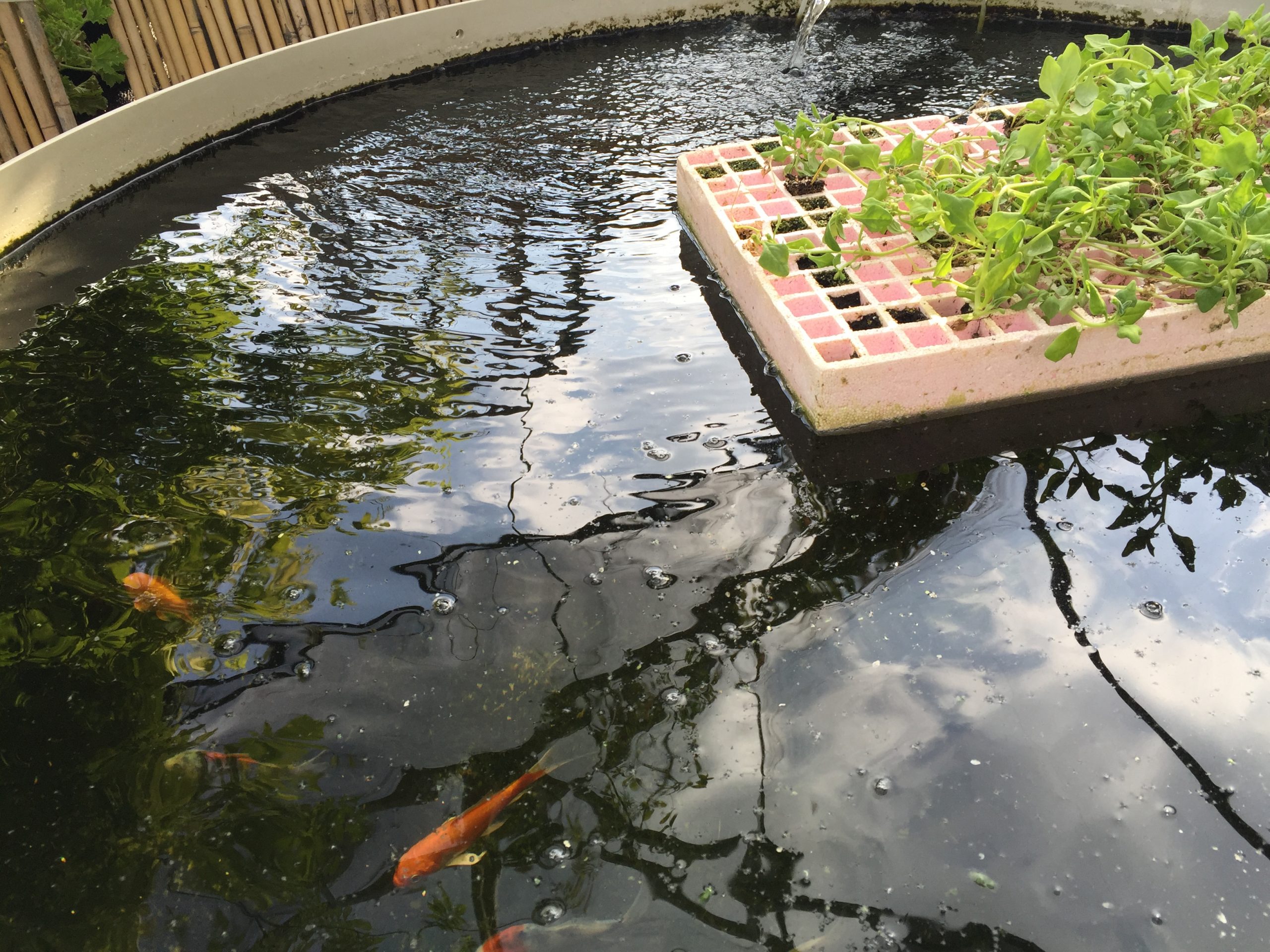
Vertical Farming: High-yield turbo farming in a small space
The systems are not new, hydroponics has long been used in plant cultivation and aquaponics has been used to cultivate rice fields in China for 2,000 years. What is new is that the production and harvesting of agricultural products such as lettuce, vegetables, fruits and also fish is moving into cities in large quantities and also for commercial use through hydroponics.
Hydroponics – with or without fish – is perfect for the city: one of the biggest advantages of the system is its independence from location and from traditional planting and harvesting times. In addition, hydroponics offers the only way so far to produce large quantities quickly and profitably, with little know-how about agronomy, in a low-maintenance way and without pesticides. All this in a small space through vertical cultivation, independent of harvest times and with the greatest possible control over nutrients.
Little waste, no emissions, no transport routes in trucks to (super) markets, no genetically modified seeds. Finally a clear conscience for the Green Footprint? Maybe not quite yet.
Value chains and circular economy
Hydroponics produces little waste. Nevertheless: With regard to the circular economy and ecological compatibility, there are still open questions in the systems and in some places there is already a need for improvement.
Energy resources:
The energy balance of hydroponics varies depending on the location. In warm cities, outdoor hydroponics can work well. The plants only need to be covered with tarpaulins and not protected from frost or weeks of rain. Any electricity consumption can be covered by solar panels. In our latitudes we would rather (have to) set up greenhouses and closed indoor plants. Hydroponics does not get around the permanently necessary power consumption for light and heat in the first place.
Value chains:
At least in the case of large-scale systems, many participants with different skills and different means of production are needed for both the installation and the maintenance of the systems. This is because in technology-assisted agriculture a number of trades come together to make the process work, unlike traditional agriculture where soil, water, people can suffice for cultivation and harvesting. Companies for the hydroponics and aquaponics production facilities are just as much a part of it as reliable electricity suppliers for the operation, suppliers for the nutrient solutions or IT experts for the operation of the automated systems. Production equipment includes water tanks, vertical pipe systems, horizontal basins, floating hoppers and so on.
Use of materials:
So far, a large part of the means of production consists of plastic and polystyrene. Even if both can be recycled better and better, fossil energies are still used in their production. But: In the meantime, there are substitutes for these products, too, which are produced from recycled base materials and are petroleum-free.
Artificial fertiliser is often used for nutrient solutions for water. Bio-fertilisers are now available as an alternative for this too. Often, urban farmers simply do not know exactly what is contained in the nutrient solutions. This could change if the demand for transparent value chains with clarity about the exact composition of additives is also implemented for these areas of food.
In hydroponic cultivation, the plants grow up without the stress of having to adapt to the environment. But this is exactly how secondary plant substances are produced that are considered important for the human organism.
At the end…
And so questions remain. Not all people trust the nutrient solution. They think that vegetables and fruits without contact with soil cannot contain the same nutrients as those with soil contact. That weather is important for thriving well and healthy, and that the vision of homes of the future with an in-house hydroponic cupboard and fresh vegetable snack available whenever possible cannot be healthy because the snack contains too much retort and too little good nature.
The discussions are important, they drive the improvements, lead to further innovations. Large-scale urban farming with hydroponic and aquaponic elements and vertical farming is relatively in its infancy. Progress is rapid and enormous. As arable land becomes a scarce commodity, urban farming can play the critical role in providing healthy food, vitamins and minerals for the urban supply. The future of agriculture has expanded its field of action through urban farming through urban self-sufficiency and climatic independence in production.
Further reading and links:
One of the most exciting, smartest articles on the history of urban farming was written by Kris de Decker in English in Low Tech Magazine “Fruit Walls: Urban Farming in the 1600s”. Highly recommended reading, also for the further reading tips announced at the end of the article.


